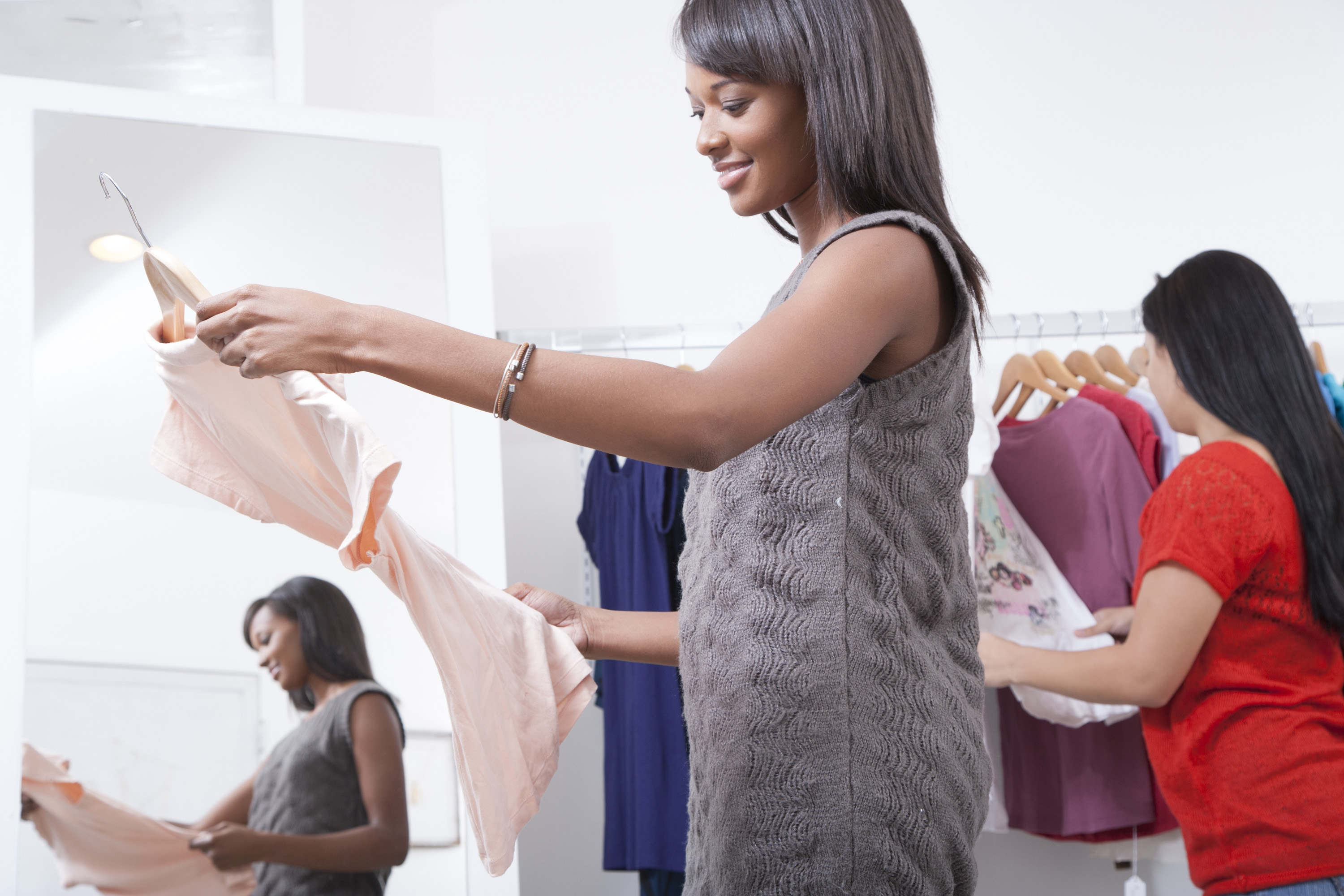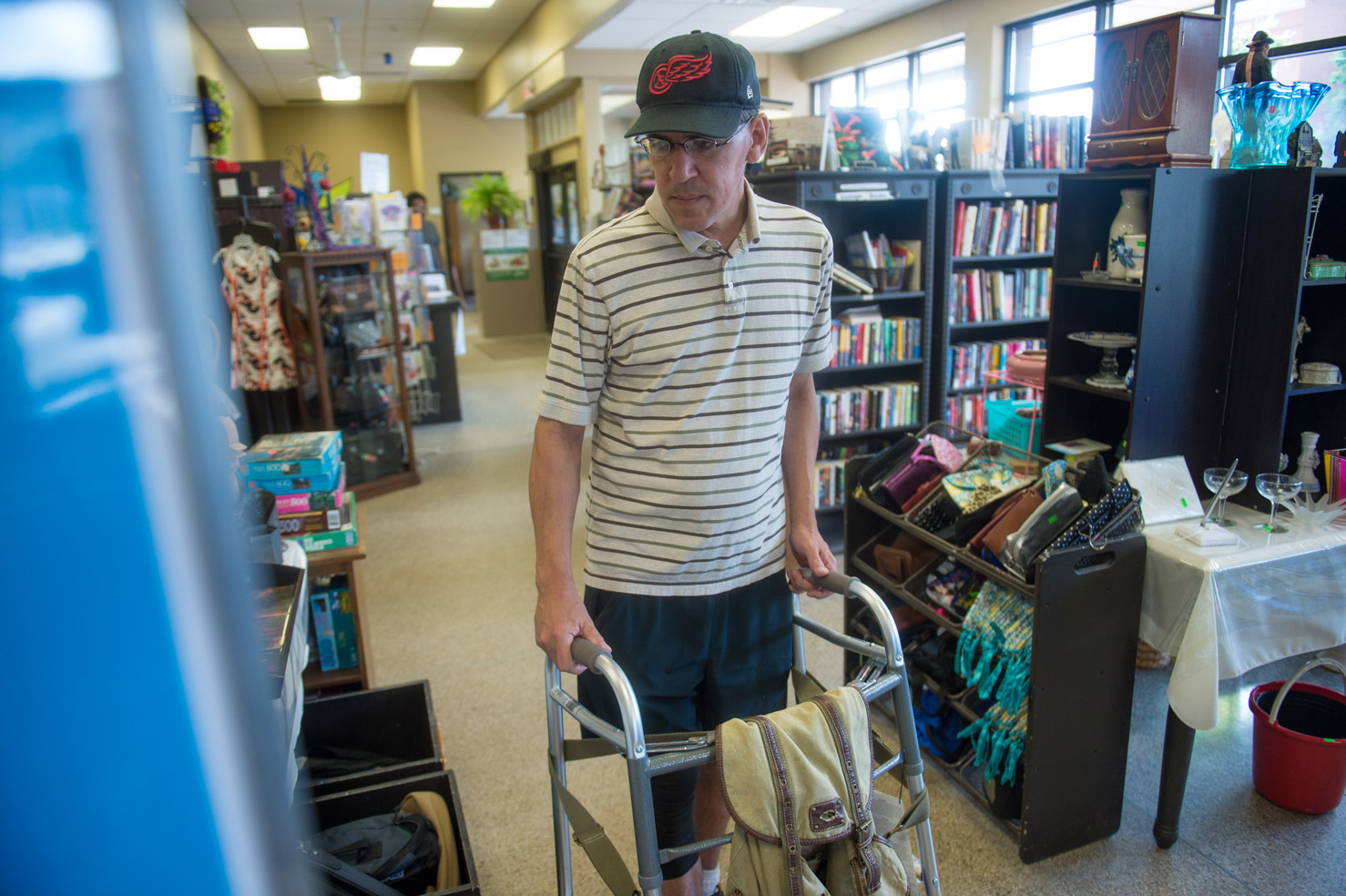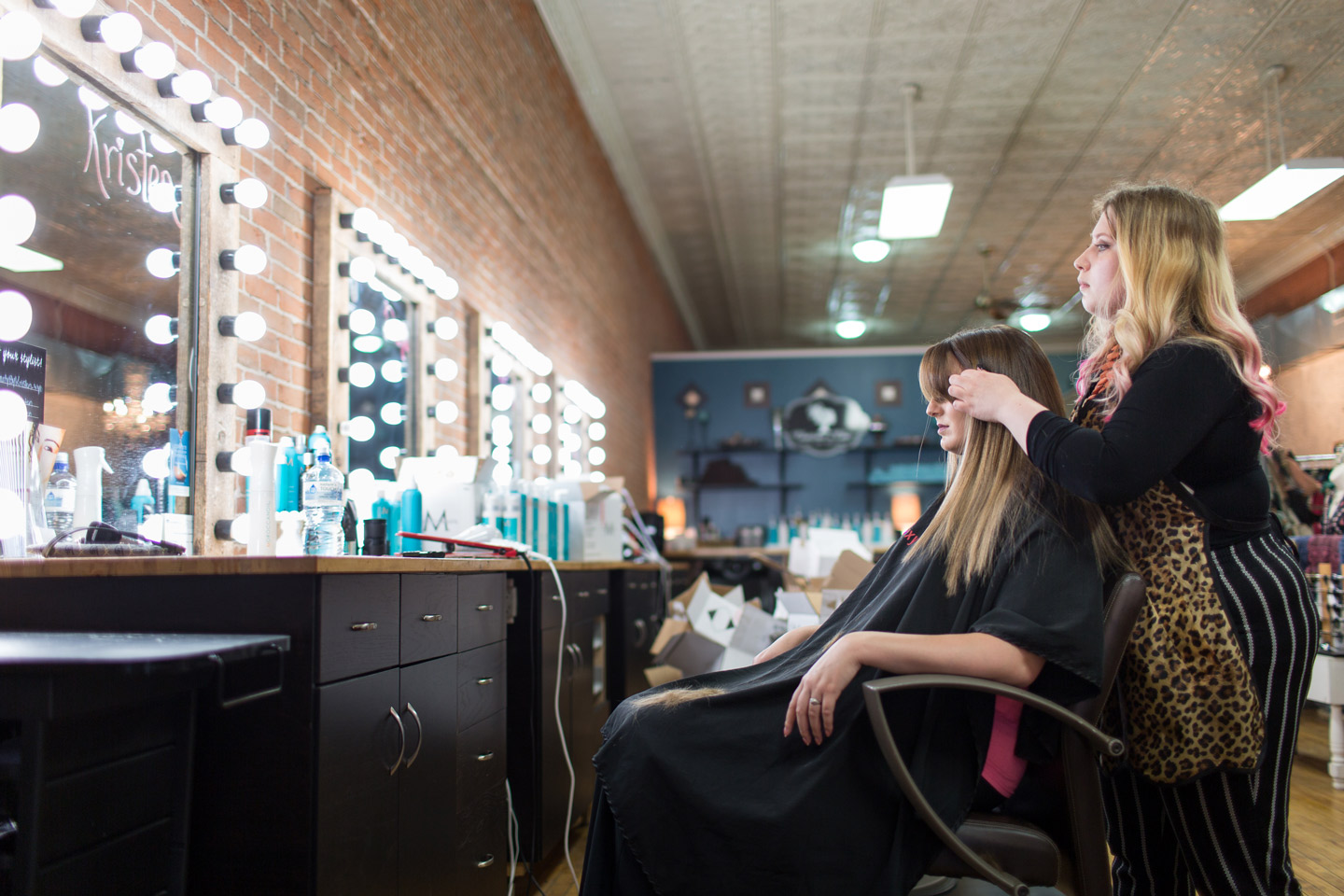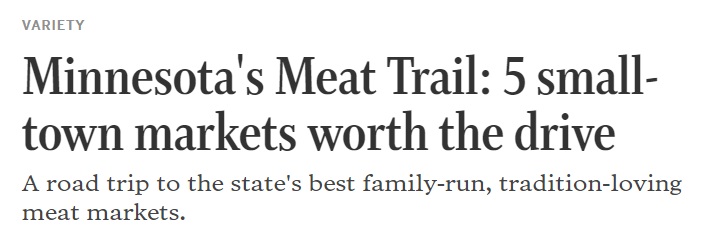1 in 10 Minnesota retail dollars (in taxable sales) is now spent outside the state. “That’s a conservative estimate. And that percentage is only going to grow.”
— Bruce Schwartau
The Great Recession hit retail stores hard, with the industry shedding 7 percent of its workforce in Minnesota (Minnesota Economic Trends, 2018). But in 2015, Minnesota's consumers were spending again. That is good news for Main Street and Minnesota’s economy.
Still, even casual observers can see that change is happening in the retail sector. “There are some apocalyptic headlines out there about retail,” says Bruce Schwartau, an Extension program leader who studies Minnesota's retail industry. “Stores some of us have known since childhood are in those headlines. Change is happening fast."
That's why Schwartau paired up with Will Craig of the Center for Urban and Regional Affairs to take an in-depth look at how change is affecting Minnesota's retail landscape. Using 2015 data, they set out to see how Minnesota’s retail sector was doing six years after the Great Recession, and how current trends are affecting Minnesota’s retail landscape. (Read the report.)
More clicks. Fewer stores. More revenue.
There is some good news. Retail businesses that survived the recession were prospering in 2015 with, the report says, “taxable sales per business up 25 percent since 2009, after adjusting for inflation.”
Some stores, however, did not survive, and that’s left some empty storefronts. In fact, Minnesota lost 5,270 retail stores from 2009 to 2015. That’s 12 percent of the state’s total.* “Stores closed because people weren’t buying during the recession,” says Schwartau. “And some owners hit retirement age during that same time. The recession made it tough to find buyers for those businesses.”
The trend of fewer stores creating more total sales was seen in every part of the state — among both more and less successful retail centers. The top tier retail city of Rochester decreased its number of stores by 11 percent from 2009 to 2015, but grew sales by 16 percent. And the town ranked lowest among the 47 towns studied — Eveleth — lost 39 percent of its stores while growing sales by 27 percent.
Schwartau and Craig’s study examined several other factors changing the retail sector. Perhaps the biggest force working against Main Street retailers is online shopping. According to the report, sales by non-Minnesota retailers grew 63 percent since 2009 and now amount to nearly $3 billion. That means that 1 in 10 Minnesota retail dollars (in taxable sales) is now spent outside the state. “That’s a conservative estimate,” notes Schwartau. “And that percentage is only going to grow.”
(*Note: According to 2017 data that recently became available, Minnesota lost 5,680 retail stores from 2009-2017 — nearly 13 percent of the state's total.)
A look at 47 trade centers
Schwartau and Craig examined 47 trade centers in Minnesota. Of these, they found that 70 percent were growing and even thriving. But 14 (30 percent) experienced no growth or decline.
How can retail economies adapt?
Extension emphasizes the need to adapt to change. “That’s why we work so hard to help communities understand the economic climate they are in,” says Schwartau, who also leads community economics programming at Extension. “Knowing the situation is a small part of the battle. Towns and businesses need to innovate in order to compete.”
Businesses and communities are making adaptations, finding ways to succeed in this new retail climate. Research and practice point to a few ideas to consider as they move forward.
Hye-Young Kim, associate professor for the University of Minnesota’s retail merchandising program, explains. “Research consistently shows that when consumers go to stores now they have different expectations. They seek experiences, multisensory sensations, and connections. If stores creatively embrace ways to design a retail experience, they might be able to survive and even thrive in this highly competitive environment.”
Read more about rural retail revitalization.
Kim notes that rural retailers have a strategic advantage they shouldn’t take for granted. “Research suggests that retailers in rural areas do more than sell products and services. They provide a cultural space, an emotional space, a social space, and a symbolic place that promotes the identity and defines the character of the town,” she says. Retailers can take advantage of that by intentionally creating spaces that help local buyers feel at home.
Read about how Allen and Jill Dahmen turned Pierz Foods into a local shopping experience.
Great customer service creates emotional connections and adds to the experience. “Customer service that exceeds expectations can change people’s minds about online sales,” says Cynthia Messer, Extension Tourism Center director. “Personal relationships with customers deepen when retailers listen, care about customers’ problems, and help them find a solution. It’s tough for online stores to do that well.”
Read about creating positive customer service and get tips from other businesses.
Does your community have a local bratwurst brought to the community by immigrants long ago? Or last year? Could local stores take advantage of products created by local talent?
The interest in authentic local goods is strong, and it provides an advantage for local retailers to establish themselves as a hub for all things local. “We see people driving out of their way to get local products from meat shops and bakeries. Local products create the kind of experiences travelers are looking for now,” says Messer.
Read about Extension’s resources for cottage foods producers.
The presence of new big box stores in some retail centers spurred growth from 2009–2015, according to Schwartau and Craig's report. “For example, New Ulm added a Walmart and a Menards, resulting in a 21 percent taxable sales growth. Litchfield added a Walmart and experienced a 70 percent growth. St. Joseph’s new Coborn’s grocery store helped the city grow by 82 percent.”
While big box stores can strengthen individual cities’ positions as a regional trade center, the regions around them may lose revenue as they compete for a shrinking number of customers. Schwartau has also studied which businesses can succeed in a big box world. Weighing the costs and the benefits are critical in economic development.
Read about how Walmart communities find there is room for more.
Every town has visitors — people spending holidays with relatives, coming through town for business. Most visitors spend money while they are in town.
Read about how to start seeing visitors and capture their spending power.
“People tend to look backward — at a time when there were three hardware stores and four grocery stores. Well, those aren’t coming back. Successful towns are the ones that have a vision and a plan to attract the businesses that locals and visitors will support.”
— CJ Holl
CJ Holl, city administrator for Wells, Minnesota is working with Extension to lead Wells through its first retail analysis. But this is the fourth time Holl has worked with Extension to examine retail sales and opportunities in rural communities. He was part of retail analysis program as a community leader and business owner in Hawley, Barnesville, and Pelican Rapids, MN before he moved to Wells.
Data-driven decisions are important to him. “One of the best reasons to do retail profiles is to get to know the needs of customers so that your town can look forward,” says Holl. "The gap analysis Extension does provides important numbers. With these numbers, local leaders can help entrepreneurs shape up a plan that will succeed."
Read about Extension’s suite of retail programs.
“Businesses can work from anywhere now. And small towns have inexpensive buildings and a helpful attitude among leaders and residents. Finding online markets can attract revenue to small towns from around the world.”
— CJ Holl
Besides his work as a city administrator, Holl also makes “Pelican Pete’s Pistachios”, award-winning smoked pistachios that he sells online and in stores throughout the region. Across the street from his office, a screen printing shop is the largest provider of custom apparel for family reunions. “As much as the internet has drawn away from local retail, it also provides opportunities,” says Holl.
Reviewed in 2022






